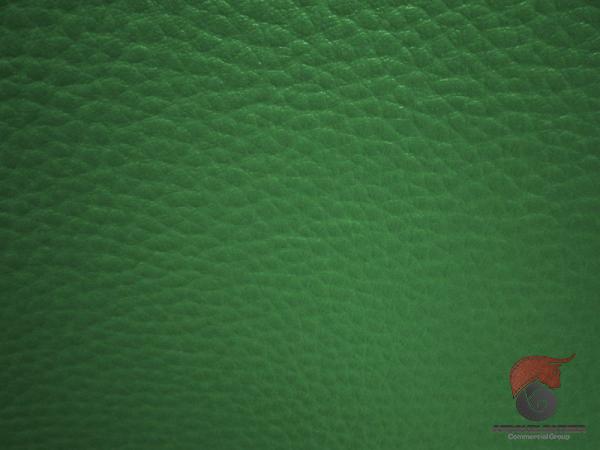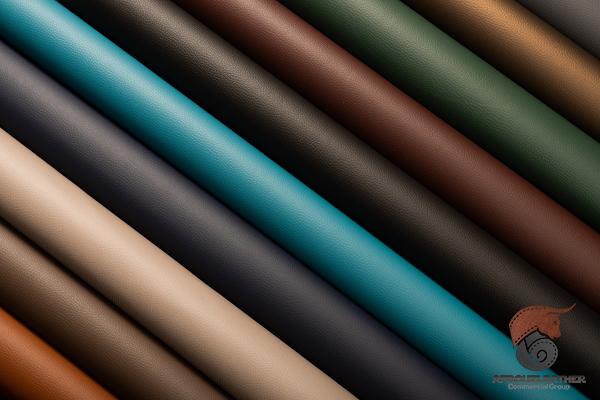The leather industry has been an old and established sector for centuries. With a wide range of applications, including fashion, accessories, footwear, furniture, and automotive industries, the demand for leather continues to grow. As a result, the wholesale market for leather raw materials has become a crucial aspect of the industry. This article provides a comprehensive overview of leather raw material wholesale, discussing its importance, key components, market trends, and challenges. Understanding Leather Raw Material Wholesale: Wholesale refers to the selling of goods in large quantities to retailers, manufacturers, or other business entities. In the context of leather, raw material wholesale entails the sourcing and distribution of animal hides or skins to different stakeholders within the leather industry. The primary objective of leather raw material wholesale is to ensure a consistent and reliable supply of high-quality raw materials to meet the demands of downstream sectors. Key Components of Leather Raw Material Wholesale: 1. Sourcing: The first and vital aspect of leather raw material wholesale is sourcing animal hides or skins.
leather
 Common sources include cattle, sheep, goats, pigs, and exotic animals like reptiles and ostriches. Sourcing is often done through partnerships with slaughterhouses, tanneries, and farmers. The quality, species, and size of animal hides play a significant role in determining their value and usability in the leather industry. 2. Quality Control: Quality control and assurance are crucial to ensure the consistency and reliability of leather raw materials. This involves conducting thorough inspections, assessing the appearance and texture of hides, identifying any defects or blemishes, and grading them according to set industry standards. Quality control measures minimize the risk of substandard materials entering the market. 3. Processing: Once sourced, hides or skins undergo various processing stages to convert them into usable leather materials. This includes soaking, hair removal (dehairing), fleshing, splitting, tanning, dyeing, and finishing. Wholesale suppliers often work closely with tanneries to ensure the desired quality, texture, and finish of the leather. Efficient processing methods are key to minimizing waste and optimizing the yield of usable leather. Market Trends in Leather Raw Material Wholesale: 1. Sustainable Sourcing: With increasing consumer awareness and demand for sustainable fashion and products, the leather industry has witnessed a shift towards responsible sourcing practices.
Common sources include cattle, sheep, goats, pigs, and exotic animals like reptiles and ostriches. Sourcing is often done through partnerships with slaughterhouses, tanneries, and farmers. The quality, species, and size of animal hides play a significant role in determining their value and usability in the leather industry. 2. Quality Control: Quality control and assurance are crucial to ensure the consistency and reliability of leather raw materials. This involves conducting thorough inspections, assessing the appearance and texture of hides, identifying any defects or blemishes, and grading them according to set industry standards. Quality control measures minimize the risk of substandard materials entering the market. 3. Processing: Once sourced, hides or skins undergo various processing stages to convert them into usable leather materials. This includes soaking, hair removal (dehairing), fleshing, splitting, tanning, dyeing, and finishing. Wholesale suppliers often work closely with tanneries to ensure the desired quality, texture, and finish of the leather. Efficient processing methods are key to minimizing waste and optimizing the yield of usable leather. Market Trends in Leather Raw Material Wholesale: 1. Sustainable Sourcing: With increasing consumer awareness and demand for sustainable fashion and products, the leather industry has witnessed a shift towards responsible sourcing practices.
Specifications of leather
 The wholesaling of leather raw materials now emphasizes certifications such as the Leather Working Group (LWG) certification, which promotes environmental stewardship, animal welfare, and social responsibility. 2. Technological Advancements: The leather industry has not been immune to technological advancements. The wholesale sector has embraced automation, digitalization, and data-driven approaches to enhance efficiency, traceability, and supply chain management. Technological innovations have improved quality control processes, inventory management, and customer relationship management. 3. Growing Demand for Exotic Leathers: In recent years, there has been an increased demand for exotic leathers in the luxury fashion industry. Crocodile, snake, ostrich, and stingray leathers have gained popularity due to their unique texture, durability, and exclusivity. Wholesale suppliers are catering to this demand by sourcing and distributing these exotic leathers to manufacturers and designers. Challenges and Opportunities: 1. Ethical Concerns: The leather industry has faced criticism for its ecological impact, animal welfare issues, and labor practices.
The wholesaling of leather raw materials now emphasizes certifications such as the Leather Working Group (LWG) certification, which promotes environmental stewardship, animal welfare, and social responsibility. 2. Technological Advancements: The leather industry has not been immune to technological advancements. The wholesale sector has embraced automation, digitalization, and data-driven approaches to enhance efficiency, traceability, and supply chain management. Technological innovations have improved quality control processes, inventory management, and customer relationship management. 3. Growing Demand for Exotic Leathers: In recent years, there has been an increased demand for exotic leathers in the luxury fashion industry. Crocodile, snake, ostrich, and stingray leathers have gained popularity due to their unique texture, durability, and exclusivity. Wholesale suppliers are catering to this demand by sourcing and distributing these exotic leathers to manufacturers and designers. Challenges and Opportunities: 1. Ethical Concerns: The leather industry has faced criticism for its ecological impact, animal welfare issues, and labor practices.
buy leather
 It is crucial for wholesale suppliers to address these concerns and adopt sustainable and ethical practices. By adopting transparency and responsible sourcing, opportunities arise to cater to the growing demand for eco-friendly and cruelty-free leather alternatives. 2. Fluctuating Prices: Prices of leather raw materials are subject to market fluctuations, influenced by factors such as supply and demand, global economic conditions, and currency exchange rates. Wholesale suppliers must stay updated on market trends, seek long-term contracts with reliable partners, and manage inventory efficiently to mitigate risks associated with price volatility. 3. Competition and Globalization: The leather industry operates globally, with wholesale suppliers facing competition from both local and international players. As the market becomes more globalized, wholesale suppliers need to differentiate themselves through their product quality, service, and value-added offerings such as customization and product innovation. Conclusion: The leather raw material wholesale industry plays a crucial role in meeting the diverse demands of the leather sector. By ensuring a consistent supply of high-quality leather materials sourced ethically and sustainably, wholesale suppliers not only contribute to the growth of the leather industry but also address the evolving concerns of consumers. Adapting to market trends, embracing technological advancements, and adopting responsible practices will position wholesale suppliers for success in an increasingly competitive and environmentally conscious landscape.
It is crucial for wholesale suppliers to address these concerns and adopt sustainable and ethical practices. By adopting transparency and responsible sourcing, opportunities arise to cater to the growing demand for eco-friendly and cruelty-free leather alternatives. 2. Fluctuating Prices: Prices of leather raw materials are subject to market fluctuations, influenced by factors such as supply and demand, global economic conditions, and currency exchange rates. Wholesale suppliers must stay updated on market trends, seek long-term contracts with reliable partners, and manage inventory efficiently to mitigate risks associated with price volatility. 3. Competition and Globalization: The leather industry operates globally, with wholesale suppliers facing competition from both local and international players. As the market becomes more globalized, wholesale suppliers need to differentiate themselves through their product quality, service, and value-added offerings such as customization and product innovation. Conclusion: The leather raw material wholesale industry plays a crucial role in meeting the diverse demands of the leather sector. By ensuring a consistent supply of high-quality leather materials sourced ethically and sustainably, wholesale suppliers not only contribute to the growth of the leather industry but also address the evolving concerns of consumers. Adapting to market trends, embracing technological advancements, and adopting responsible practices will position wholesale suppliers for success in an increasingly competitive and environmentally conscious landscape.

Your comment submitted.